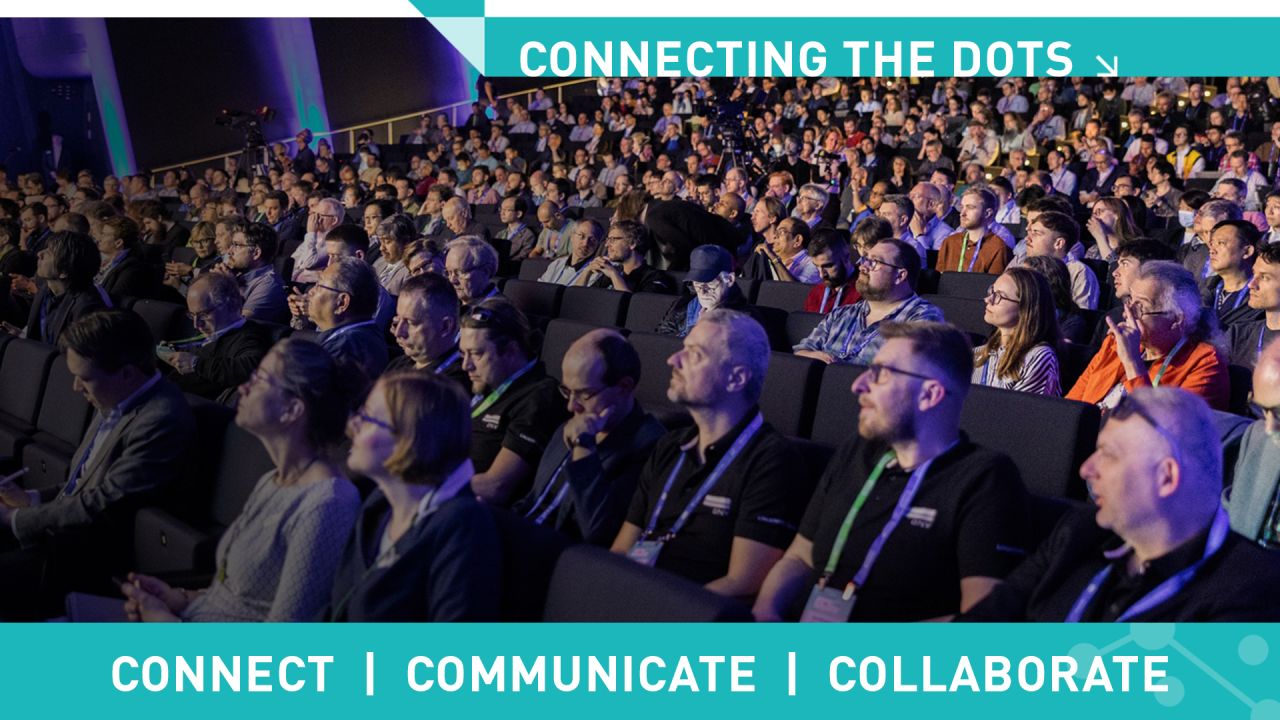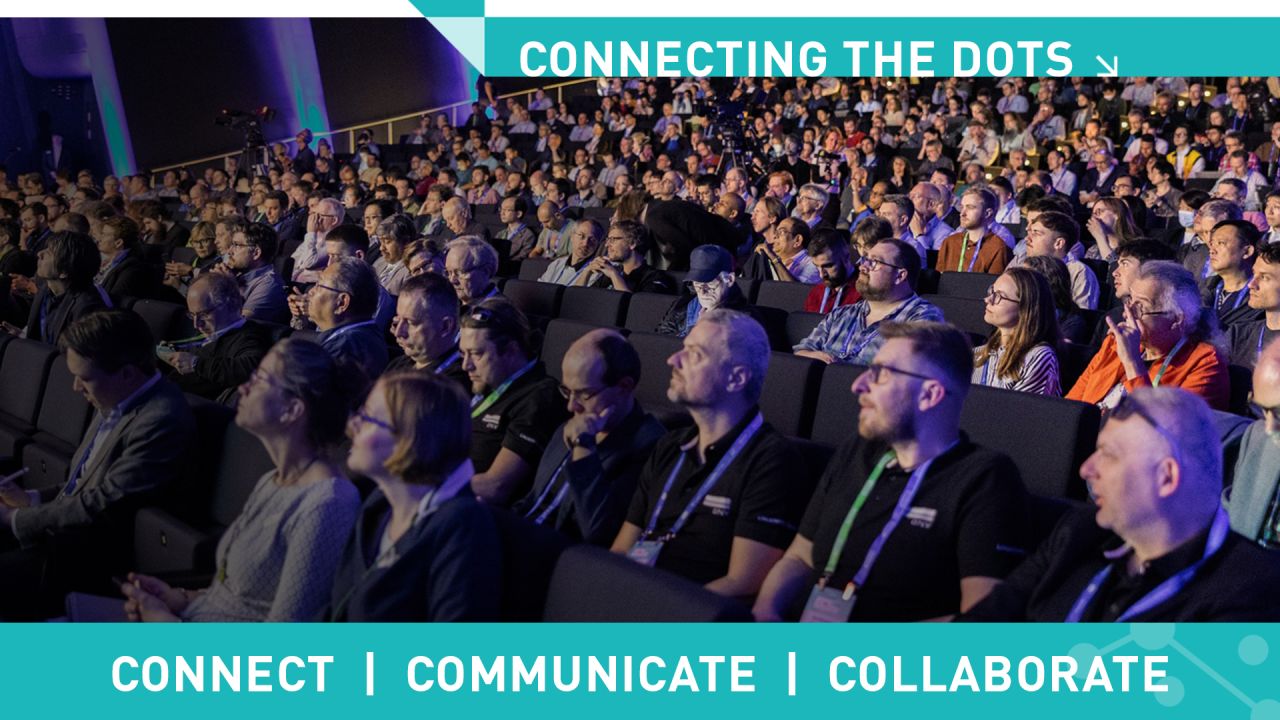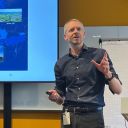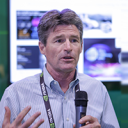

Shaping the Future of Scientific Digital Twins: Tales from Physics, Climate Research, and Data Centre Operations
Wednesday, June 11, 2025 9:00 AM to 10:00 AM · 1 hr. (Europe/Berlin)
Hall E - 2nd floor
Birds of a Feather
Digital Twins and MLEarth, Climate and Weather ModelingVisualization and Virtual Reality
Information
Digital twins are transforming scientific research by providing dynamic, data-driven virtual models that mirror complex physical systems. Their predictive capabilities enable real-time modelling and decision-making, and deeper insights into future scenarios. This BoF session will explore the evolving landscape of digital twins in science, emphasizing their requirements for scalable AI-driven workflows, HPC integration, seamless data processing, and advanced visualizations.
Scientific applications of digital twins span diverse domains. In data centres, they model workload dynamics, cooling systems, and power usage effectiveness, offering predictive insights and enabling "what-if" analyses to optimise performance and sustainability – ExaDigiT offers an example of a digital twin framework addressing these topics. Moreover, in the ODISSEE project, CERN and SURF aim to explore digital twins for digital and digitally-controlled systems, with the goal of optimizing data centre operations for large-scale data processing workflows from High-Energy Physics and Radio Astronomy communities.
In physics, digital twins can be used to support the maintenance and operation of large-scale infrastructure like the Large Hadron Collider (LHC) at CERN, improving operational efficiency, intervention planning, and integrating digital threads to connect and visualise diverse data sources in unified 3D environments. Climate research harnesses digital twins to simulate complex weather phenomena, enabling real-time alerts and informing urban planning and long-term policy decisions in response to climate change. These examples demonstrate the broad applicability of digital twins in addressing complex, data-intensive scientific challenges.
Key technological challenges shape the future of scientific digital twins. The need for scalable HPC systems and heterogeneous computing platforms, capable of running AI-based workflows, is paramount. Digital twins also require unified access models that foster cloud-HPC interoperability, a topic actively investigated by the interTwin project to enhance cross-system collaboration. Furthermore, robust real-time data processing infrastructures and rich, interactive 3D visualization tools are critical for capturing the complex, dynamic behavior of scientific systems and enhancing human-computer interaction. This BoF will gather feedback and spark a collaborative discussion on these future requirements to guide the development of next-generation digital twin technologies.
Organizers:
Scientific applications of digital twins span diverse domains. In data centres, they model workload dynamics, cooling systems, and power usage effectiveness, offering predictive insights and enabling "what-if" analyses to optimise performance and sustainability – ExaDigiT offers an example of a digital twin framework addressing these topics. Moreover, in the ODISSEE project, CERN and SURF aim to explore digital twins for digital and digitally-controlled systems, with the goal of optimizing data centre operations for large-scale data processing workflows from High-Energy Physics and Radio Astronomy communities.
In physics, digital twins can be used to support the maintenance and operation of large-scale infrastructure like the Large Hadron Collider (LHC) at CERN, improving operational efficiency, intervention planning, and integrating digital threads to connect and visualise diverse data sources in unified 3D environments. Climate research harnesses digital twins to simulate complex weather phenomena, enabling real-time alerts and informing urban planning and long-term policy decisions in response to climate change. These examples demonstrate the broad applicability of digital twins in addressing complex, data-intensive scientific challenges.
Key technological challenges shape the future of scientific digital twins. The need for scalable HPC systems and heterogeneous computing platforms, capable of running AI-based workflows, is paramount. Digital twins also require unified access models that foster cloud-HPC interoperability, a topic actively investigated by the interTwin project to enhance cross-system collaboration. Furthermore, robust real-time data processing infrastructures and rich, interactive 3D visualization tools are critical for capturing the complex, dynamic behavior of scientific systems and enhancing human-computer interaction. This BoF will gather feedback and spark a collaborative discussion on these future requirements to guide the development of next-generation digital twin technologies.
Organizers:
Format
On Site
Targeted Audience
Researchers, engineers, and practitioners working in scientific computing, HPC, AI-driven systems, digital twin applications, and advanced 3D visualizations. This session is ideal for those interested in real-time data processing, infrastructure optimization, and the intersection of AI, HPC, and cloud technologies in scientific research.
Speakers

Maria Girone
Head of CERN OpenlabCERN
Matteo Bunino
Computing EngineerCERN
Wesley Brewer
Senior Research Scientist, HPC and AIOak Ridge National Laboratory
Thomas Geenen
Technology partnership leadECMWF
Tom Gibbs
Developer Relations Physics and AI for ScienceNVIDIA
Gabriel Hautreux
Head of HPC and AI DepartmentCINES
Peter Messmer
Director HPC DevTech EMEANVIDIA
Monica Rotulo
Advisor, High Performance Machine LearningSURFDocuments & Links
Join the discussion on Slack
